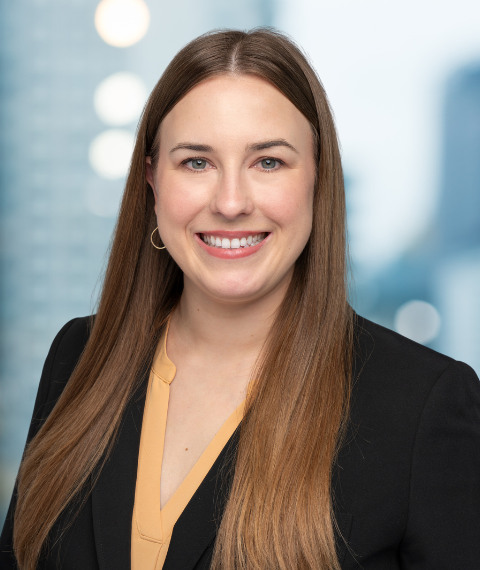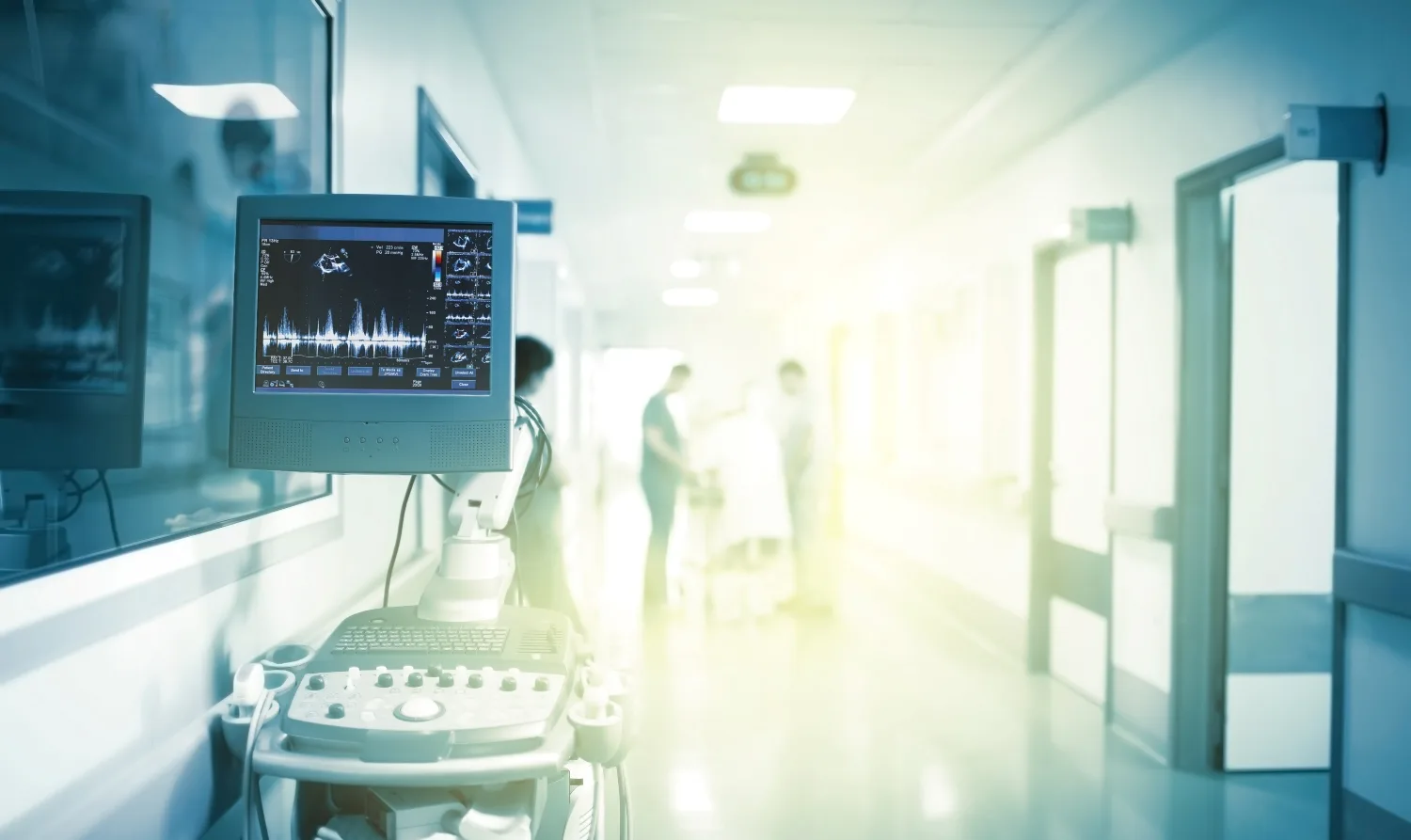
Written by Taryn Nasr, ASA, and Savanna Dinkel
Over the past several years, there has been a noticeable shift in procedures from the inpatient to the outpatient setting due to advances in technology and the goal of achieving a lower cost of care. Cardiology procedures have been no stranger to this site of service shift. Beginning in 2005, CMS approved outpatient arterial endovascular interventions in the outpatient setting. CMS then increased reimbursement for peripheral vascular interventions performed in physician offices in 2008. These changes spurred an increase in office-based laboratories (“OBLs”), including catheterization laboratories and vascular access centers.
Recent CMS rulings have continued to spur the shift of select cardiology procedures to the outpatient setting. In the CY 2019 final ruling, CMS added 17 cardiac catherization-related procedures to the list of Medicare-covered ambulatory surgery center (“ASC”) procedures. The next year, CMS authorized six additional cardiology procedures related to the provision of percutaneous coronary interventions (“PCIs”). These changes significantly expanded the number of cardiology procedures that were performed in the outpatient setting. Based on a study compiled by Bain & Company, the percentage of cardiology procedures performed in ASCs is expected to rise from 10% of total cardiology procedures in 2018 to between 30% and 35% by the mid-2020s. (1)
A Hybrid Surgery Center Model
As more cardiovascular procedures are moved to an ASC setting, we have seen the emergence of a ‘hybrid’ business model, which combines an OBL with an ASC. CMS explains the difference between an OBL and an ASC in its Place of Service Code Set. An OBL is a location where the health professional routinely provides examinations, diagnosis, and treatment of illness or injury on an ambulatory basis, whereas an ASC is a freestanding facility, other than a physician’s office, where surgical and diagnostic services are provided on an ambulatory basis. (2)
In a hybrid model, the facility typically operates as an OBL on certain days of the week and as an ASC on the others. This model allows a broader range of cardiovascular services to be provided in these hybrid facilities. Further advantages to the hybrid model are discussed below:
- Increased Utilization: The hybrid model can be especially attractive for existing centers that have available capacity for additional procedures. By having the flexibility to operate as an OBL or an ASC, the facility can provide an increased range of cardiology services and a wider offering of patient care services.
- Physician Independence & Opportunity: As cardiology procedures shift to the outpatient setting, cardiologists are presented with increased opportunities for autonomy and control through ownership of OBLs and ASCs. Additionally, physicians may be able to increase practice income through the recovery of facility fees through the ASC via equity ownership.
- Lower Costs for Payors & Patients: Based on the CY 2020 final rule, CMS estimates that moving 5% of coronary interventions from the hospital outpatient setting to ASCs would reduce Medicare payments by approximately $20 million and reduce total beneficiary copayments by about $5 million in CY 2020. (3) Both payors and patients are likely to take advantage of the lower cost setting by turning to OBLs and ASCs to receive cardiology services at lower prices.
Disadvantages of the hybrid model include:
- Complex Structure: Under the hybrid model, a facility must ensure the separation of the OBL and the ASC operations. The OBL and the ASC must maintain separate tax identification and national provider identification numbers. In addition, the operations must remain “distinct entities” which involves other measures such as maintaining separate medical records and communicating to patients the different hours and policies of the OBL and the ASC. (4) In addition, the administrative team will need to ensure the appropriate procedures are scheduled on the correct OBL or ASC operating days.
- Revenue Cycle & Coding Considerations: As mentioned previously, OBLs and ASCs operate under different CMS coding systems. Under an ASC model, the center bills patients directly for charges related to the use of the center, while the physicians using the facility separately bill their patients for their professional services rendered. Meanwhile, OBLs bill a single/global fee that includes both the professional fee for the physician and the fee related to the expense of performing the procedure in the OBL. With the differences in billing and coding, hybrid centers will want to ensure that qualified personnel are submitting claims appropriately based on the “site of service”. (5)
- Regulatory Hurdles: Currently, the hybrid model is not permitted in every state. Approximately one-third of all US states do not allow an OBL and ASC to share the same location or operate simultaneously. (6)
Valuation Considerations
As always, there are a multitude of specific facts and circumstances to consider in any valuation exercise. When developing the projections for a hybrid model, special consideration should be paid to recent additions that CMS has made to its Medicare-approved ASC procedure list. For example, a center may have recently started performing PCI procedures when they were approved at the beginning of 2020 so the projections should reflect a full year run rate of these new procedures. Additionally, projections should also consider the capacity of the facility. Since time is split between operating as an OBL and an ASC, special care should be taken to confirm that the projections fall within the capacity and time constraints for each setting.
The hybrid model allows a diversification of services as the center can provide a greater variety of procedures. Conversely, this advantage comes with an additional administrative burden to ensure that the medical coding for each site of service is being performed appropriately. Finally, valuation complexities may arise if the ASC and OBL have different ownership structures. In these instances, separate valuations may be required.
Conclusion
Recent events related to the coronavirus (“COVID-19”) pandemic may further accelerate the shift of cardiology procedures from the inpatient setting to the outpatient setting. Patients will likely be reluctant to go to hospitals due to concerns regarding the spread of COVID-19 and seek alternative locations more removed from the treatment of COVID-19 patients. Additionally, due to the economic impacts of the COVID-19 pandemic, both the government and patients are likely to accelerate the shift to settings with a lower cost of care. The hybrid model will benefit from these tailwinds and provide a great structure for physicians and operators to efficiently meet these demands.
Visit VMG Health’s COVID-19 Resource Center for updates and thought leadership on the outbreak.
SOURCES
(1) Van Biesen, Tim and Johnson, Todd. “Ambulatory Surgery Center Growth Accelerates: Is Medtech Ready?” Bain & Company. September 2019. https://www.bain.com/insights/ambulatory-surgery-center-growth-accelerates-is-medtech-ready/
(2) Centers for Medicare & Medicaid Services. “Place of Service Code Set”. October 2019. https://www.cms.gov/Medicare/Coding/place-of-service-codes/Place_of_Service_Code_Set
(3) Centers for Medicare & Medicaid Services. “CY 2020 Hospital Outpatient PPS Policy Changes and Payment Rates and Ambulatory Surgical Center Payment System Policy Changes and Payment Rates” Federal Register. November 2019. https://www.federalregister.gov/documents/2019/11/12/2019-24138/medicare-program-changes-to-hospital-outpatient-prospective-payment-and-ambulatory-surgical-center
(4) Cilek, Jacob A. and Greis, Jason S. “12 Business and Legal Considerations for Successfully Developing a “Hybrid” Office-Based Laboratory—Ambulatory Surgery Center” McGuireWoods. September 2019. https://www.jdsupra.com/legalnews/12-business-and-legal-considerations-51145/
(5) Edmiston, Jessica and Horton, Wendy. “Maximizing Reimbursements and Compliance” ASC Focus (The ASCA Journal). April 2018. https://www.ascfocus.org/ascfocus/content/articles-content/articles/2018/april/maximizing-reimbursements-and-compliance
(6) Yood, Kenneth and Gertler, Melissa R. “The Expansion of Cardiovascular Procedures in the ASC Setting” The National Law Review. May 2020. https://www.natlawreview.com/article/expansion-cardiovascular-procedures-asc-setting






